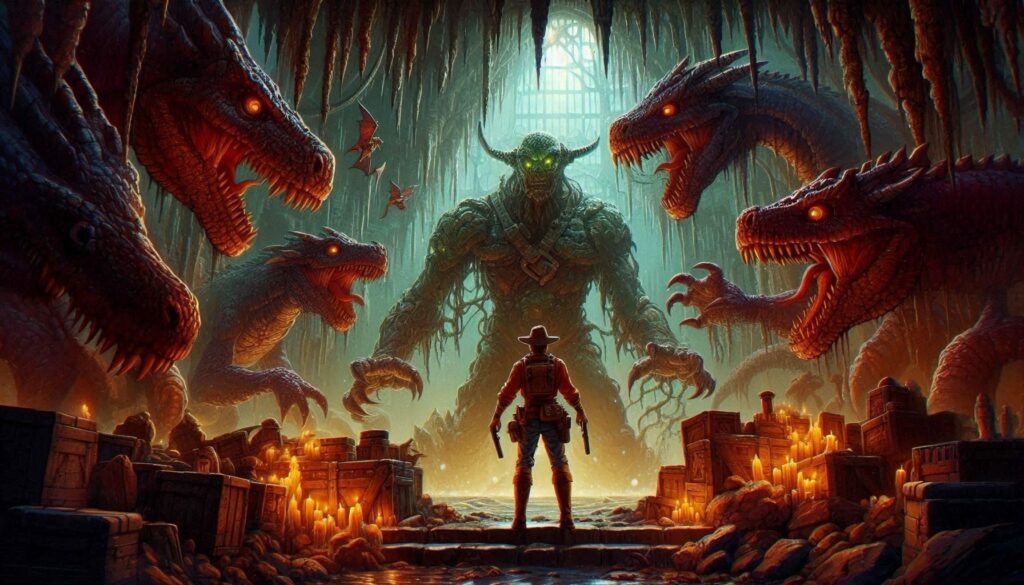In the rapidly evolving world of video games, narrative-driven experiences have become a cornerstone, captivating millions with intricate storytelling and immersive worlds. However, the genesis of narrative-focused video games can be traced back to the mid-1970s with the creation of “Colossal Cave Adventure.” This pioneering game laid the foundation for the rich, story-driven games we enjoy today.
The Birth of “Colossal Cave Adventure”
“Colossal Cave Adventure,” often referred to simply as “Adventure,” was created by Will Crowther, a programmer and caving enthusiast, in 1976. Crowther designed the game to combine his love of caving with the fantasy elements inspired by the tabletop game Dungeons & Dragons. The game was later expanded by Don Woods in 1977, who added more complexity and depth to the storyline and puzzles.
Gameplay and Narrative
Unlike the arcade games of its time, which primarily focused on high scores and simple mechanics, “Colossal Cave Adventure” was a text-based adventure game. Players navigated a vast underground cave system using text commands, uncovering treasures and encountering various challenges along the way. The game’s narrative unfolded through descriptive text, painting vivid images of the surroundings and events.
The objective of “Colossal Cave Adventure” was to explore the cave, solve puzzles, and collect treasures. The game’s strength lay in its ability to create an engaging narrative purely through text, allowing players’ imaginations to fill in the visual details. This approach fostered a deeply personal and immersive experience, as each player’s journey through the cave was unique.
Technological and Cultural Impact
“Colossal Cave Adventure” was groundbreaking in its use of interactive fiction. It demonstrated that video games could be more than just a test of reflexes; they could also tell compelling stories and engage players on an intellectual and emotional level. The game’s success inspired a new genre of text-based adventure games, leading to the creation of classics like “Zork” by Infocom.
The game’s influence extended beyond the realm of video games. It contributed to the development of computer science concepts such as natural language processing and parser technology, which are fundamental to the functionality of modern interactive fiction and AI-driven narrative experiences.

Legacy
The legacy of “Colossal Cave Adventure” is profound. It established the template for narrative-driven games, influencing the design of countless titles across various genres. Modern adventure games, role-playing games, and even interactive dramas owe a debt to this early pioneer.
Games like “The Legend of Zelda,” “Final Fantasy,” and “The Secret of Monkey Island” have drawn inspiration from the narrative techniques and puzzle mechanics introduced by “Colossal Cave Adventure.” Furthermore, the rise of indie games and the resurgence of interest in text-based adventures highlight the timeless appeal of storytelling in video games.
Conclusion
“Colossal Cave Adventure” stands as a testament to the power of storytelling in video games. It showed that games could be a medium for rich, engaging narratives, paving the way for the diverse and immersive experiences that define the industry today. As players continue to seek out compelling stories and intricate worlds, the influence of “Colossal Cave Adventure” remains ever-present, reminding us of the humble beginnings of narrative-focused video games.